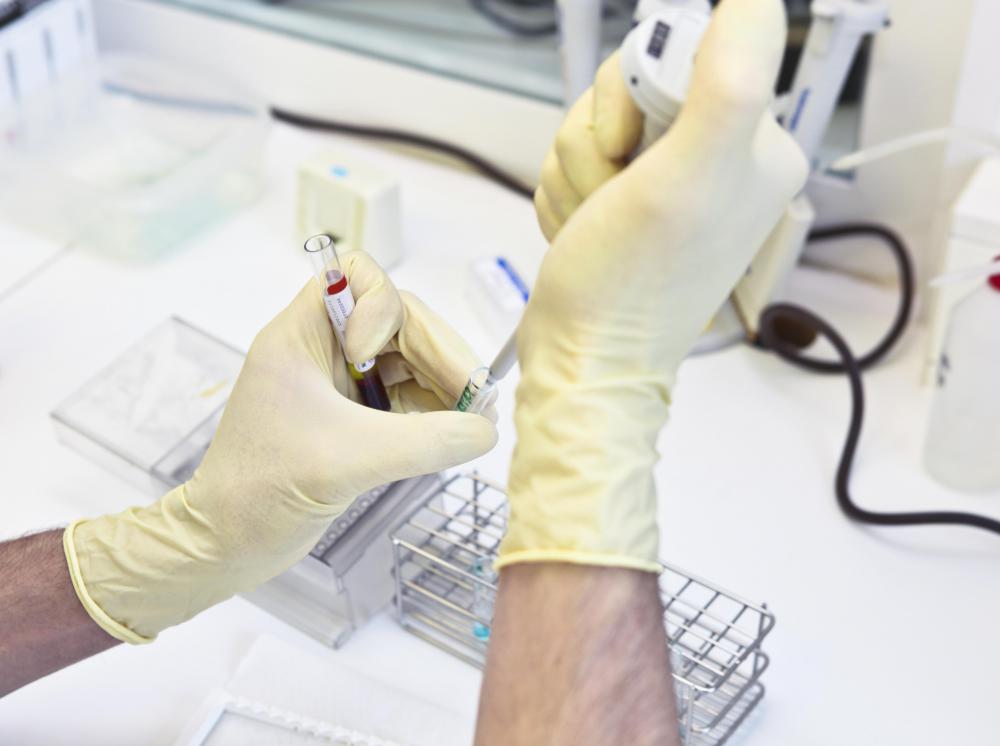At TheHealthBoard, we're committed to delivering accurate, trustworthy information. Our expert-authored content is rigorously fact-checked and sourced from credible authorities. Discover how we uphold the highest standards in providing you with reliable knowledge.
What is Stem Cell Therapy?
As the most basic building blocks of the human body, stem cells are characterized by their ability to differentiate and mature into other types of cells with specialized functions. They are also known for their ability to self-generate, a phenomenon where they divide and produce more stem cells. During early childhood, stem cells may develop into a variety of different cell types. They are also capable of replenishing other cells, acting as the body's own automatic repair system. This ability makes them an ideal treatment for many diseases; this treatment is called stem cell therapy.
One of the most common types of stem cell therapy is the adult stem cell transplant. This stem cell therapy is used to treat a variety of blood cancers and disorders, including leukemia, lymphoma, and multiple myeloma. This procedure can be done using bone marrow or peripheral blood stem cells.

If bone marrow is used, the marrow is harvested by extracting it from a matching donor's bones. The recipient's bone marrow is then eliminated using chemotherapy alone or a combination of chemotherapy and radiation. Then the donor's bone marrow, including the healthy stem cells, is transplanted into the recipient's system. The transplanted stem cells will then self-generate, creating healthy cells to replace the abnormal ones. A peripheral blood stem cell transplant works the same way, except the donor cells are not extracted from the bones themselves, but are harvested from stem cells circulating in the bloodstream.

Another type of stem cell therapy is the umbilical cord blood stem cell transplant. This kind of transplant works in the same manner as the bone marrow and peripheral blood stem cell transplants. The donor stem cells, however, are harvested from the blood found in the discarded umbilical cord of a newborn baby. Patients receiving this type of transplant have less risk of rejecting the stem cells than those who receive bone marrow or peripheral blood stem cell transplants. This can be attributed to the fact that these cells are so young that they have not yet matured and developed features that can be attacked in a process called host versus graft disease, where the recipient's body recognizes the donor's cells as completely foreign.

The versatility of the stem cells found in umbilical cord blood makes the possibilities endless for the future of stem cell therapy. There is ongoing research in the use of these stem cells to treat a wide range of illnesses, including neurological and cardiac diseases. Many parents choose to store their child's umbilical cord blood in special stem cell banks to use for future therapy.
AS FEATURED ON:
AS FEATURED ON:



















Discuss this Article
Post your comments